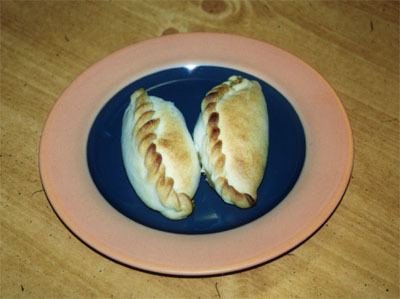 | ||
Bolivian cuisine stems from the combination of Spanish cuisine with indigenous ingredients and Aymara traditions, among others, with later influences from Argentinians, Germans, Italians, French, and Arabs due to the arrival of immigrants from those countries. The traditional staples of Bolivian cuisine are corn, potatoes, and beans. These ingredients have been combined with a number of staples brought by the Spanish, such as rice, wheat, and meat, including beef, pork, and chicken.
Contents
Food of Bolivia
Lunch (almuerzo)
Almuerzo is the most important meal of the Bolivian day, so much so that daily life tends to revolve around it. Long lunches are traditional throughout the country, so businesses and shops often close between the hours of 12 and 3 pm, so that the workers have time to return home for lunch. A typical Bolivian lunch would consist of several courses, including a soup, a main course of meat, rice, and potatoes, then a dessert and coffee. Lunch is taken at a leisurely pace and is traditionally followed by a nap, the oft-cited siesta.
Tea (té)
Bolivians observe an afternoon tea break similar to those in England. Usually the tea breaks take place around 4 and 5 pm at salones de té (tearooms). These tearooms often double as bakeries so that tea and pastries are enjoyed together. Cups of black tea are usually taken with biscuits such as galletas Maria or more traditional humintas. Often, Bolivians drink coca or yerba mate in place of the more common black tea.
Dinner (cena)
Dinner is a lighter, much more informal affair than lunch that typically takes place at usually 8 pm or later.
